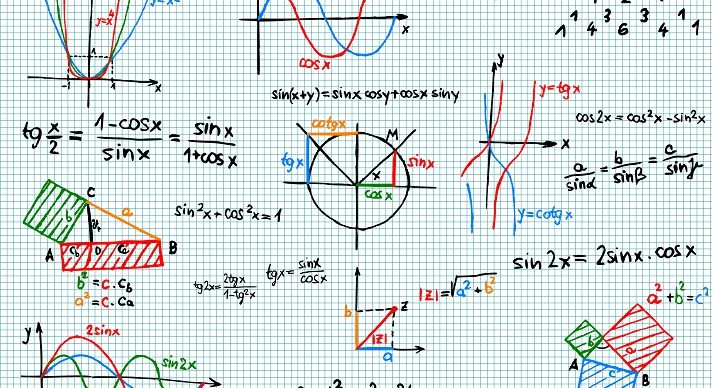Integrated mathematics is the term used to describe the style of mathematics education which integrates multiple strands of mathematics. San Diego Unified School District has adopted an Integrated Math curriculum. Students at both Point Loma and Mission Bay High School are now taught using this integrated method. Each math course in high school covers topics in algebra, geometry, statistics and analysis, alike.
While Integrated Math may seem unfamiliar to many parents, the method is similar to that which is taught in elementary school. Third grade students are taught geometry concepts in the same year they master multiplication. Fifth graders focus on fractions as well as early graphing concepts. Now, this integrated approach is being extended to upper grades.
Integrated Math still covers the topics that students have been taught, including fractions, algebra, and geometry. However, the order in which this material is presented has changed. Traditionally, 7th graders covered pre-algebra, the 8th grade focused on algebra I, 9th graders tackled geometry, 10th graders examined algebra II, and 11th graders dove into pre-calculus. Motivated 12th graders had the possible elective choice of calculus or statistics. Think of the traditional path as a layer cake: the current year’s learning did depend on the year “under” it somewhat, but there was not much investigation into how the material worked together. For example, the distance formula (algebra) relates to is taught separately from the Pythagorean Theorem (geometry), even though the distance formula is derived from the Pythagorean Theorem.
Integrated Math is more akin to a rotisserie. The topics are revisited over and over, but at a deeper level each year. The topics are not seen as unique but are woven in with each other. Under the Integrated Math method it is common for a 9th grader and a 10th grader to be working on the same “topic”, but with the 10th grader exploring the topic with a deeper perspective. The intention is that students will see the connections between different topics instead of thinking of them as independent of each other.
How is it challenging for students?
Many students and parents are having difficulties that they didn’t have under the traditional curriculum. There are several reasons for these challenges:
Previously, a student could “get” geometry and not algebra (or vice versa), and make accommodations for additional help accordingly. Now, students are in a sense always taking every topic throughout the year. If a high school student is struggling with geometry, those difficulties will be present for several years instead of being minimized into two semesters.
The new San Diego Unified Schools IM textbooks format homework questions differently. Previously, a student would often be asked to complete 12 or even 24 problems. You may notice that your child is assigned only a handful of problems, but each problem has several sub-questions.
Why is it important to succeed in IM?
A deficit of understanding in integrated math 1 leads to a weak foundation for students in integrated math 2. Students who do not master topics early in their high school career will lack the tools to understand more complex topics built upon these preliminary ideas. On the other hand, a strong foundation in earlier classes will create a cascade of benefits throughout high school and college.
How can Mathnasium support IM students?
Mathnasium has assessments specifically designed for IM students. This diagnostic tool helps pinpoint the skills students need to be successful this year and in years ahead. Parents can now schedule this free assessment online! https://plassessment.youcanbook.me/
Since Mathnasium is a part of the Point Loma community, instructors know the schools in the area and the teachers’ specific requirements. They learn what students will be working on by reaching out directly to each student’s teacher. This insight is valuable in creating a customized lesson plan tailored to each student’s specific strengths and weaknesses. Mathnasium, in partnership with teachers, can plan ahead and prepare for upcoming tests and quizzes.
Instructors provide both geometric and algebraic interpretations of IM concepts where applicable, focusing on giving students an intuitive explanation of topics they may only mechanically understand. This approach provides students with the tools they need to adapt to problems they have never seen before, and is more in-line with the holistic goals of integrated math instruction. The curriculum at Mathnasium also provides supplementary material on problems that students often get wrong.
Mathnasium of Point Loma tailors instruction to our students whether they are on a traditional or integrated curriculum. Give Mathnasium a call at 619-224-6284 to learn more.











